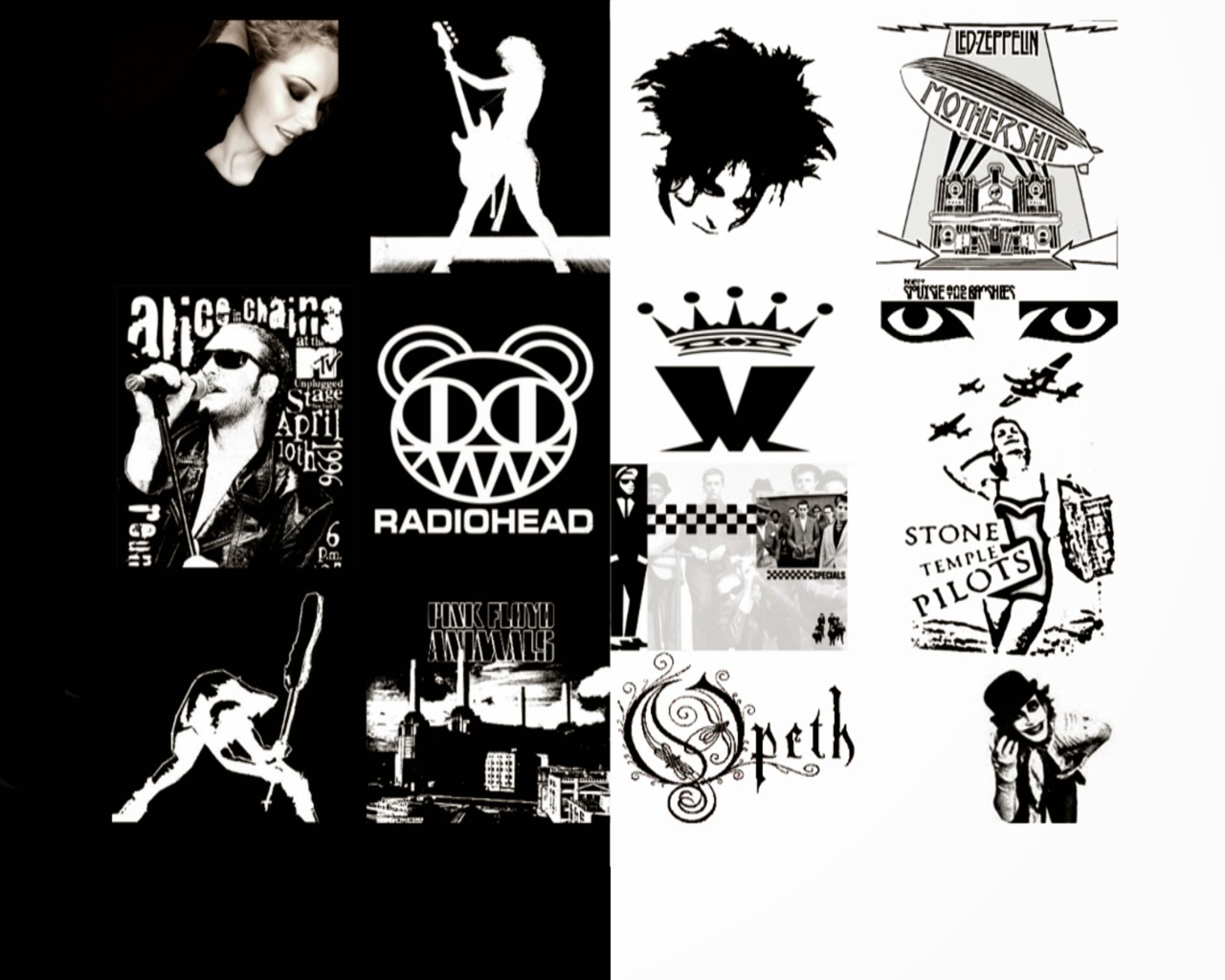"THINK OUTSIDE THE BOX"
Thinking outside the box (also thinking out of the box or thinking beyond the box and, especially in Australia, thinking outside the square) is a metaphor that means to think differently, unconventionally, or from a new perspective. This phrase often refers to novel or creative thinking. The term is thought to derive from management consultants in the 1970s and 1980s challenging their clients to solve the "nine dots" puzzle, whose solution requires some lateral thinking. This phrase can also be found commonly in dance, as encouragement to move creatively, beyond simple, geometric box steps and their basic variations, to literally step outside the box into more complex patterns of expression.
The catchphrase, or cliché, has become widely used in business environments, especially by management consultants and executive coaches, and has been referenced in a number of advertising slogans. To think outside the box is to look further and to try not thinking of the obvious things, but to try thinking of the things beyond them.
Analogy
A simplified definition for paradigm is a habit of reasoning or a conceptual framework.
A simplified analogy is "the box" in the commonly used phrase "thinking outside the box". What is encompassed by the words "inside the box" is analogous with the current, and often unnoticed, assumptions about a situation. Creative thinking acknowledges and rejects the accepted paradigm to come up with new ideas.
Metaphor
This flexible English phrase is a rhetorical trope with a range of variant applications.
The metaphorical "box" in the phrase "outside the box" may be married with something real and measurable — Speculating beyond its restrictive confines the box can be both:
positive— fostering creative leaps as in generating wild ideas (the conventional use of the term)
negative— penetrating through to the "bottom of the box." James Bandrowski states that this could result in a frank and insightful re-appraisal of a situation, oneself, the organization, etc.
Hollywood screenwriter Ira Steven Behr appropriated this concept to inform plot and character in the context of a television series. Behr imagined a core character:
He is going to be "thinking outside the box," you know, and usually when we use that cliche, we think outside the box means a new thought. So we can situate ourselves back in the box, but in a somewhat better position.
The phrase can be used as a shorthand way to describe speculation about what happens next in a multi-stage design thinking process.
Nine dots puzzle
The notion of something outside a perceived "box" is related to a traditional topographical puzzle called the nine dots puzzle.
The origins of the phrase "thinking outside the box" are obscure; but it was popularized in part because of a nine-dot puzzle, which John Adair claims to have introduced in 1969.
The "nine dots" puzzle. The goal of the puzzle is to link all 9 dots using four straight lines or fewer, without lifting the pen and without tracing the same line more than once. One solution appears below.
The puzzle proposed an intellectual challenge—to connect the dots by drawing four straight, continuous lines that pass through each of the nine dots, and never lifting the pencil from the paper. The conundrum is easily resolved, but only by drawing the lines outside the confines of the square area defined by the nine dots themselves. The phrase "thinking outside the box" is a restatement of the solution strategy. The puzzle only seems difficult because people commonly imagine a boundary around the edge of the dot array. The heart of the matter is the unspecified barrier that people typically perceive.
Ironically, telling people to "think outside the box" does not help them think outside the box, at least not with the 9-dot problem. This is due to the distinction between procedural knowledge (implicit or tacit knowledge) and declarative knowledge (book knowledge). For example, a non-verbal cue such as drawing a square outside the 9 dots does allow people to solve the 9-dot problem better than average.
The nine-dot problem is a well-defined problem. It has a clearly stated goal, and all necessary information to solve the problem is included (connect all of the dots using four straight lines). Furthermore, well-defined problems have a clear ending (you know when you have reached the solution). Although the solution is "outside the box" and not easy to see at first, once it has been found, it seems obvious. Other examples of well-defined problems are the Tower of Hanoi and the Rubik's Cube.
In contrast, characteristics of ill-defined problems are:
not clear what the question really is
not clear how to arrive at a solution
no idea what the solution looks like
An example of an ill-defined problem is "what is the essence of happiness?" The skills needed to solve this type of problem are the ability to reason and draw inferences, metacognition, and epistemic monitoring.
ECOWR BLOG










































0 comentarios :